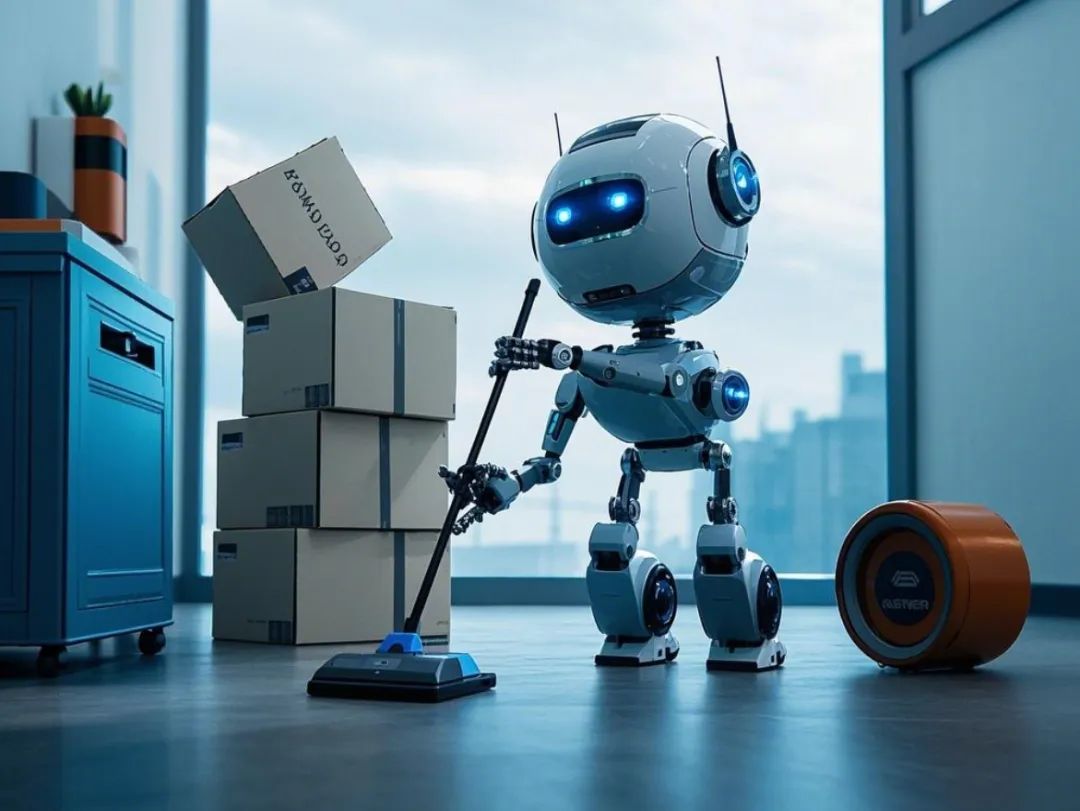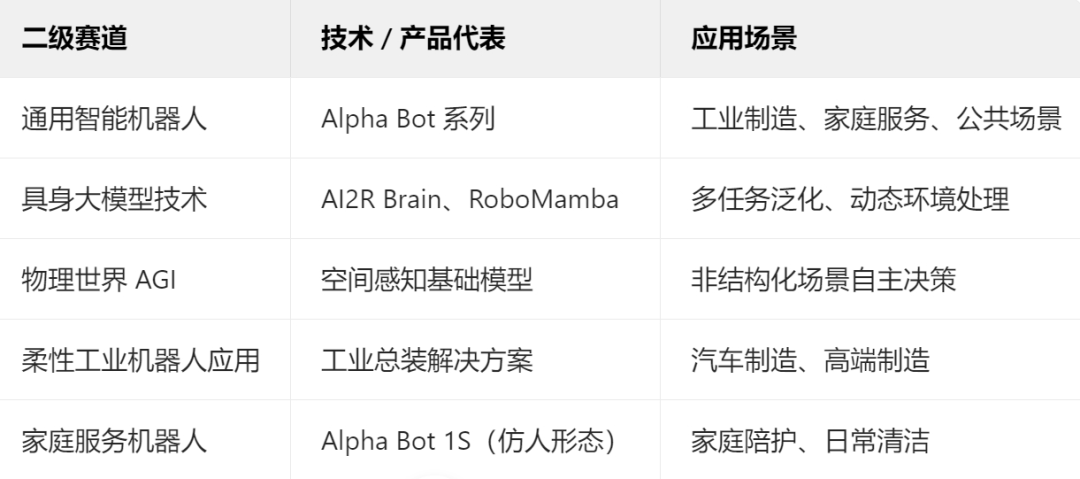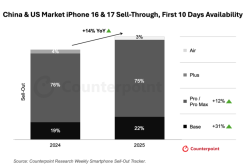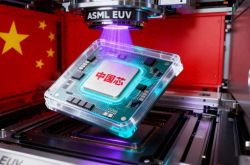Shenzhen's Rising Star: Zhipingfang Secures 500 Million Yuan This Year, Welcomes Former OPPO Chief Scientist
![]() 03/07 2025
03/07 2025
![]() 712
712

Written by Pencil Road | Hua Taishi
Shenzhen has unveiled a promising new unicorn: Zhipingfang. The company recently announced the completion of a Pre-A+ funding round exceeding 100 million yuan, with investors including Dunhong Assets, Yunqi Capital, and SDIC Chuangying.
In the global race for embodied intelligent robots, a Chinese company established just two years ago has emerged victorious - Zhipingfang, with its innovative approach of "end-to-end VLA large model + scenario-defined hardware." Led by Guo Yandong, former chief scientist of XPeng Motors and OPPO, the team has raised over 500 million yuan in two funding rounds this year. Notably, Zhipingfang has already achieved tens of millions in revenue, showcasing the impact of its "automotive manufacturing gene" on the global intelligent manufacturing landscape.
- 01 -
Founded in April 2023, Zhipingfang aims to bring "AGI to the physical world" by focusing on the R&D of general intelligent embodied terminals. Its core product, the Alpha Bot series of robots, is equipped with the self-developed AI2R Brain large model. Through modular designs like wheeled chassis and foldable robotic arms, these robots can manipulate objects in various scenarios.
Currently, the Alpha Bot series has been deployed in leading international automobile enterprises, high-end manufacturers, and internet giants, addressing the limitations of traditional industrial robots, such as inflexibility and dependence on custom programming. For instance, they can handle high-difficulty tasks like pre-assembly and precision parts sorting in automotive production lines, demonstrating strong adaptability to unstructured environments. Founder Dr. Guo Yandong, a national-level innovator and former AI researcher at Microsoft, chief scientist at XPeng Motors, and OPPO, has led the development of AI systems for hundreds of millions of intelligent terminals and vehicles. Recognizing the limitations of traditional robots, Guo Yandong's breakthrough approach replaces pre-programmed solutions with "end-to-end VLA large model + scenario-defined hardware." This enables multimodal perception and generative operation models (like RoboMamba) to achieve task generalization without code adjustments, even for untrained instructions like "opening an unknown packaging box." Zhipingfang's profit model starts with high-end manufacturing and gradually expands into public services and personal healthcare. In 2024, the company achieved tens of millions in confirmed revenue, serving three of the top 10 global automobile enterprises. Despite its youth, Zhipingfang has made significant strides, receiving angel investment from Tsinghua University's SEE Fund shortly after its inception. In June 2024, it jointly released the RoboMamba model with Peking University, surpassing Google's RT series by 30% in "unseen task" generalization and becoming the first Chinese embodied intelligence achievement selected for the NeurIPS 2024 conference. In Q4 2024, Alpha Bot 1S entered mass production, signing contracts with multiple automotive and manufacturing enterprises, with annual revenue exceeding tens of millions. From January to March 2025, Zhipingfang completed two funding rounds totaling over 500 million yuan.
- 02 -
The global market for embodied intelligent robots is projected to exceed 10 billion dollars by 2025, with a compound annual growth rate of over 50%. China is poised to become one of the largest incremental markets.
Current industry challenges include the generalization of long-tail tasks and balancing hardware costs with reliability. First, the generalization of long-tail tasks remains a hurdle. Most existing robots are designed for specific scenarios (e.g., industrial welding, logistics handling) and struggle with complex, diverse tasks. For example, household service robots cannot simultaneously handle cleaning, companionship, and emergency response, requiring separate training for each task. Additionally, hardware heterogeneity adaptation poses challenges, as bipedal balance control for humanoid robots and trajectory planning for industrial robotic arms require independent development, increasing R&D costs. Second, balancing hardware costs and reliability is crucial. For instance, the cost structure of humanoid robots, reliant on imported components like high-precision sensors and servo motors, restricts commercialization. Early Unitree Robotics products had unit prices exceeding one million yuan, and while expected mass production prices in 2025 will drop to around 300,000 yuan, they are still higher than industrial robots' average cost (about 100,000 yuan per unit). Moreover, consumer-level scenarios demand high reliability from robots, but lightweight design and low-cost materials may shorten their lifespan. For example, service robots need to operate continuously for over 12 hours a day, necessitating urgent solutions for mechanical wear and battery degradation. Third, breaking the industry stalemate requires algorithm optimization and data closed-loops, reducing reliance on manual annotation and improving generalization through reinforcement and imitation learning algorithms (e.g., RT-1/2, OpenVLA models). Additionally, supply chain localization and technological innovation are essential to reduce costs by accelerating the localization of core components like sensors and servo motors and exploring new materials (e.g., carbon fiber) to enhance hardware reliability.
- 03 -
Zhipingfang's niche lies in embodied intelligent robots, specifically general intelligent robots. Emphasizing cross-scenario adaptability, the AlphaBot series can perform diverse tasks such as industrial assembly, material handling, service, and healthcare.

In the embodied intelligent robots sector, general intelligent robots have yet to see an absolute leader emerge, but a group of promising enterprises, including Zhiyuan Robotics and Zhipingfang, have gained traction. Additionally, giants like UBTECH and iFLYTEK have entered the field as "second innovation directions." Commercialization is still in its nascent stages, with leading enterprises achieving thousand-unit deliveries (e.g., Zhiyuan) or tens of millions in revenue (e.g., Zhipingfang) in 2024. However, mass production costs remain high, with humanoid robots priced above 300,000 yuan each. Ecological competition is intensifying as well, with leading enterprises building barriers through open-source models (e.g., DeepSeek), data sharing (e.g., Zhiyuan's AgiBot World dataset), and industrial chain investments. For instance, Zhiyuan collaborates with Huafa Group to deploy healthcare and security scenarios, creating a "hardware-data-model-platform" closed loop, while Zhipingfang partners with Peking University to develop embodied large models. The ultimate winner remains uncertain, with the industry landscape highly dynamic. In the next 3-5 years, the market will determine the victor based on mass production capabilities, data accumulation, and ecological collaboration.
The content of this article is for reference only and does not constitute investment advice.








